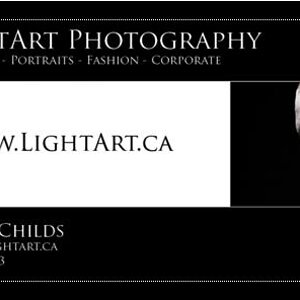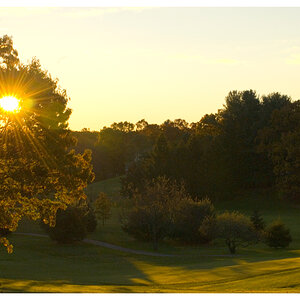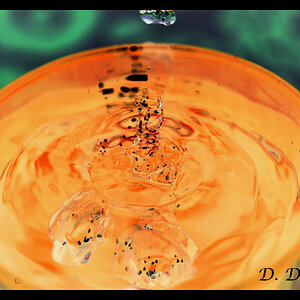jamesbjenkins
No longer a newbie, moving up!
- Joined
- Jan 9, 2012
- Messages
- 1,481
- Reaction score
- 328
- Location
- Dallas / Ft. Worth TX
- Website
- www.ballengerphotos.com
- Can others edit my Photos
- Photos OK to edit
They're all just tools in a toolbox, IMO. There's no much thing as universal "rules" in photography when it comes to things like composition. For things like exposure and white balance, obviously there are...
This discussion is akin to a beginner asking, "WHATZ THE BESSST LENZ?", the only answer is "it depends on the situation."
This discussion is akin to a beginner asking, "WHATZ THE BESSST LENZ?", the only answer is "it depends on the situation."






![[No title]](/data/xfmg/thumbnail/31/31012-f5e0c7cdea2f2c3e44737e3f61c2461a.jpg?1619734567)





![[No title]](/data/xfmg/thumbnail/42/42060-f597479f8fd78d4bb4d17e7686fb0812.jpg?1619739996)
![[No title]](/data/xfmg/thumbnail/42/42059-61b97bbebb00e6276672551f4e3b3e43.jpg?1619739995)
